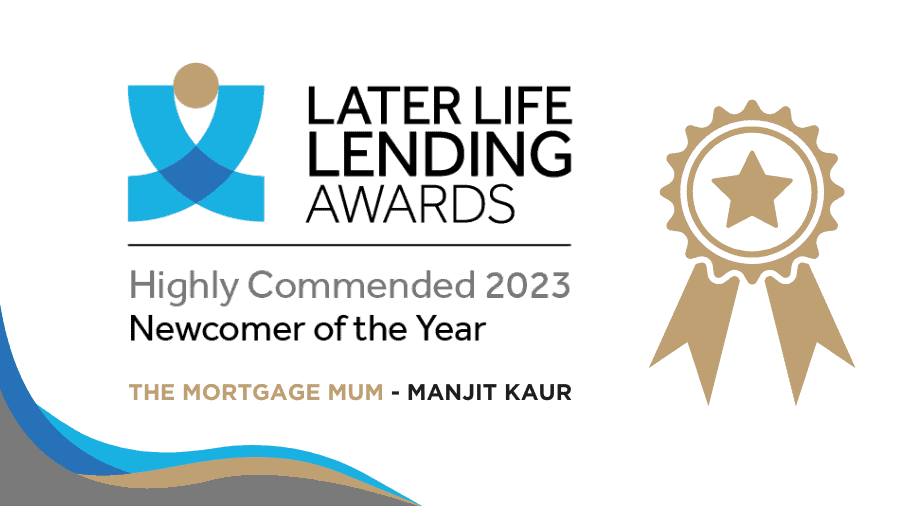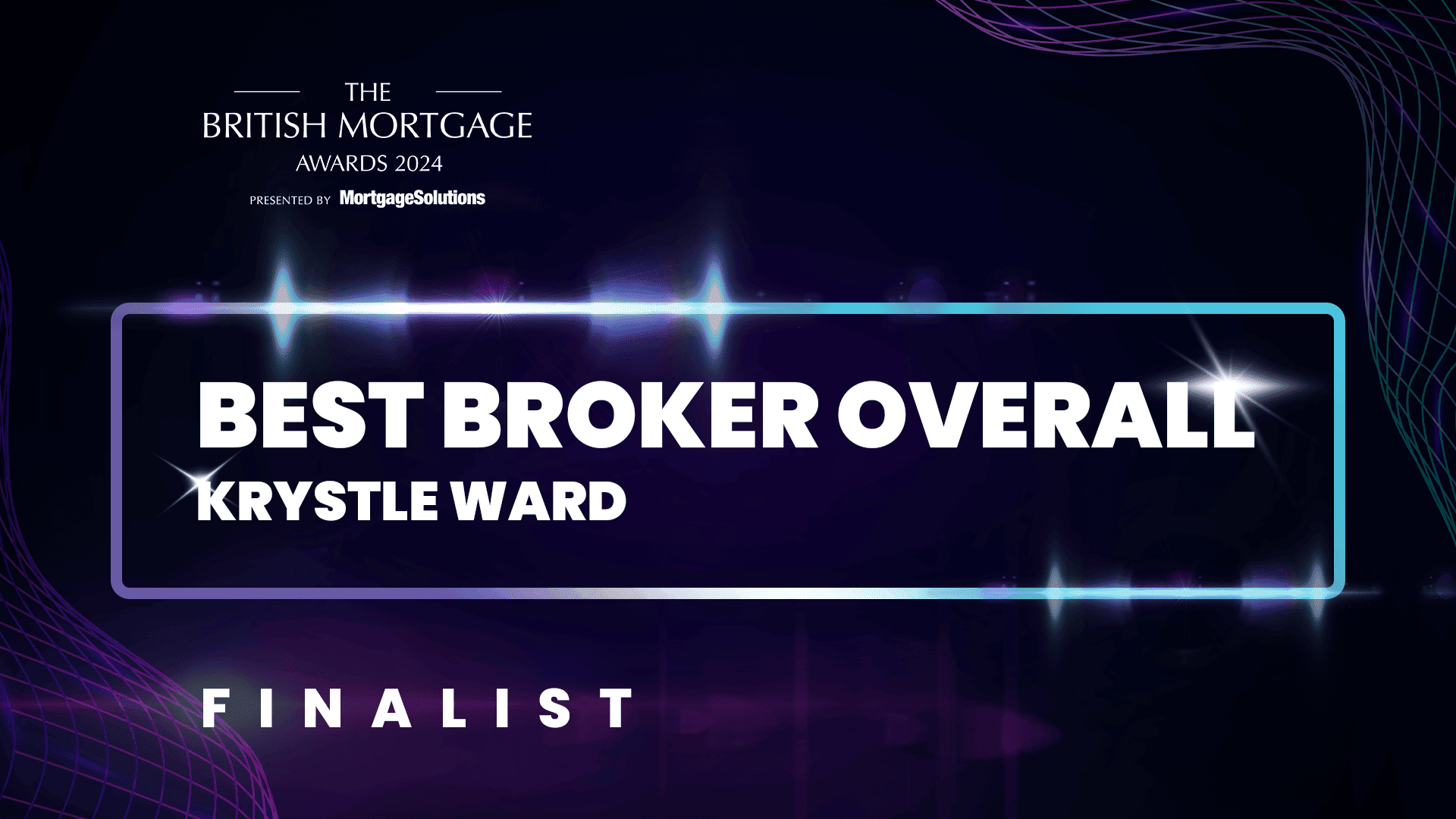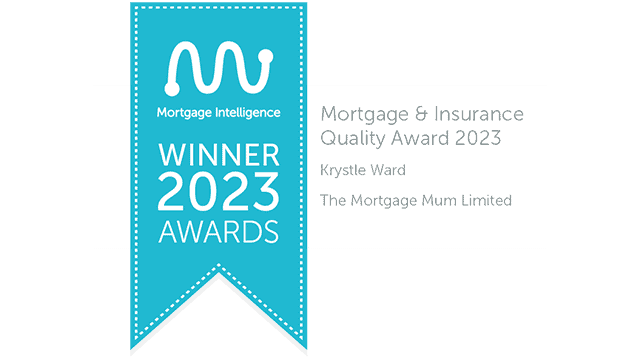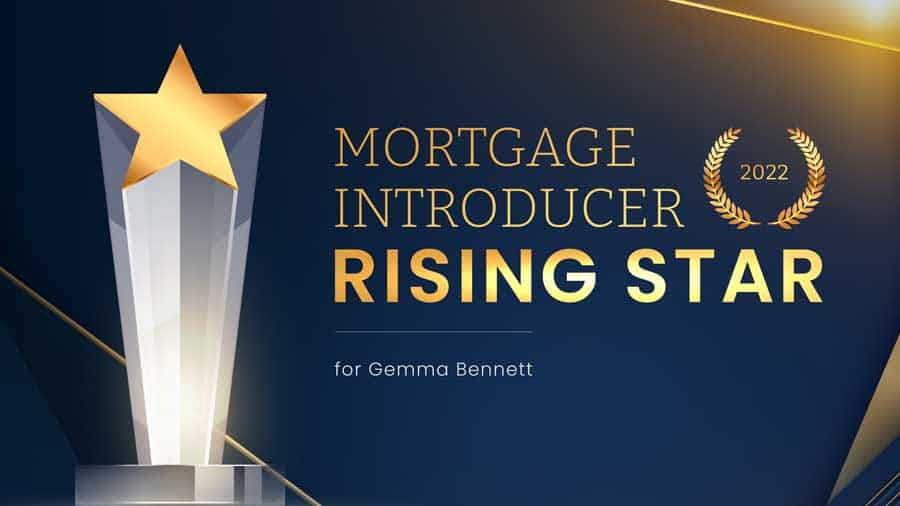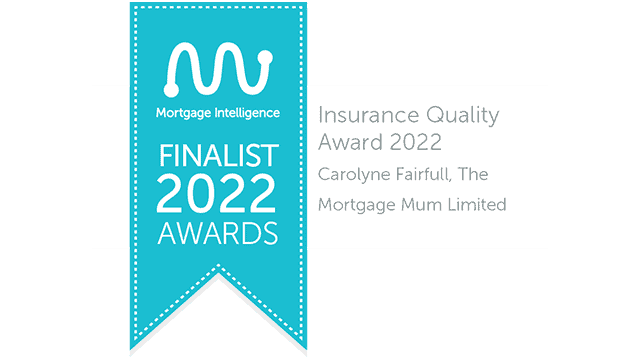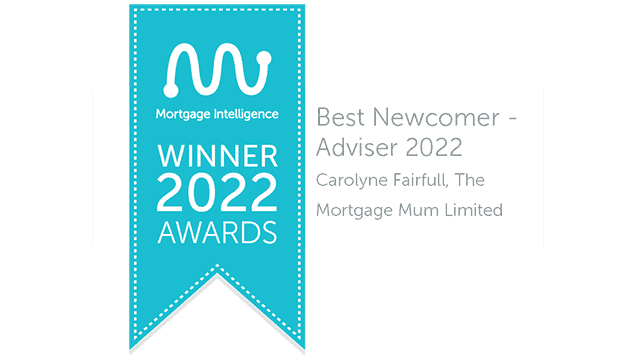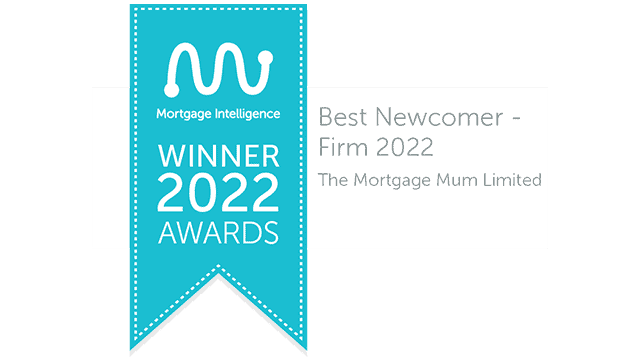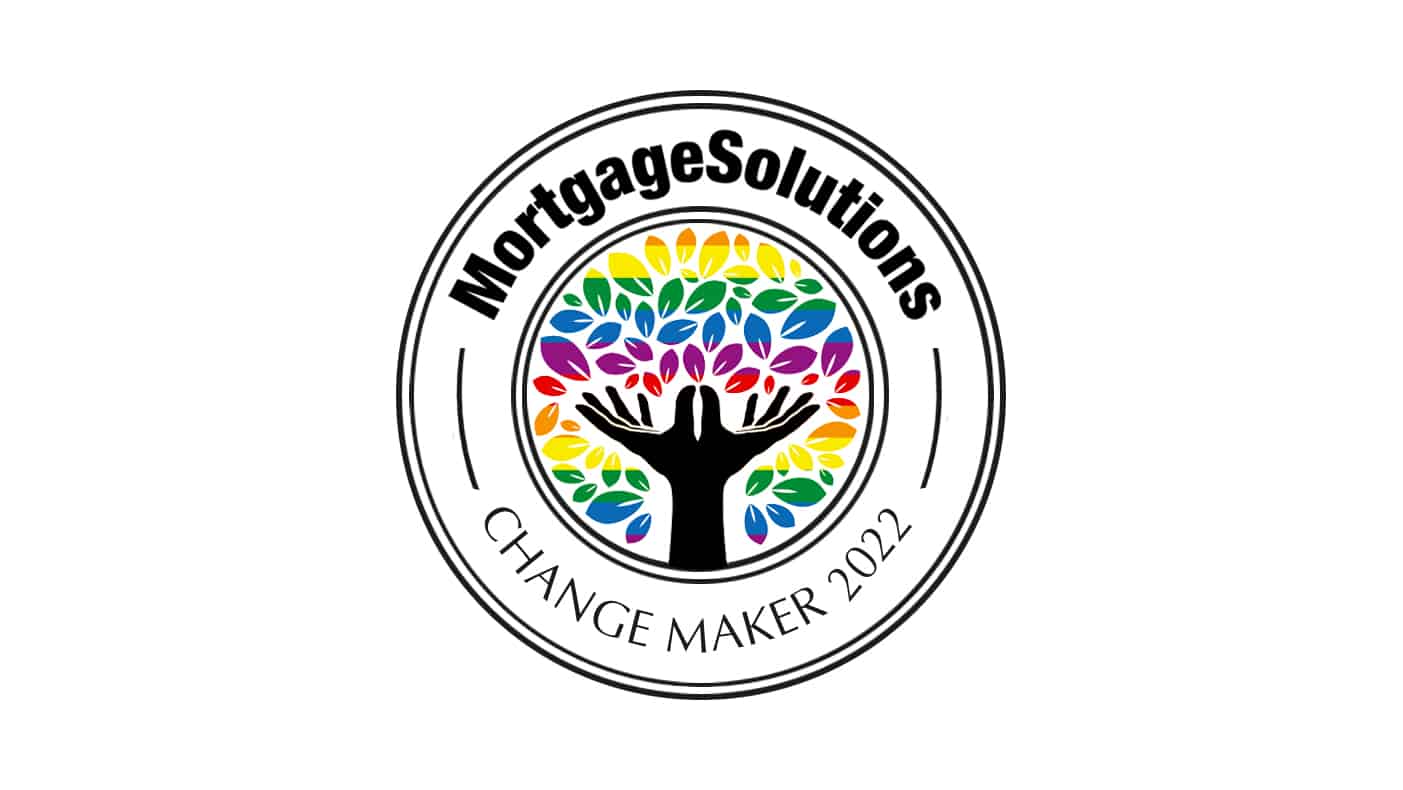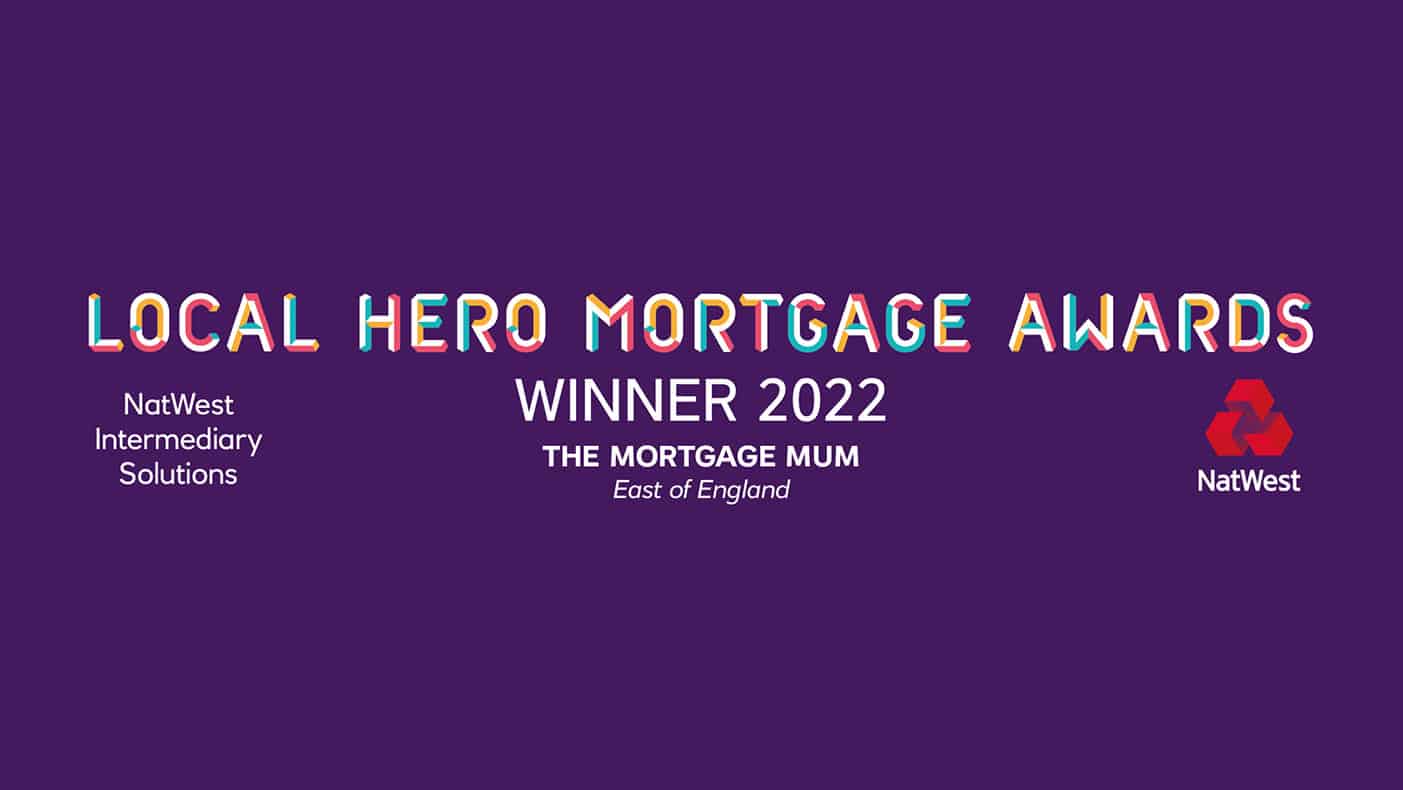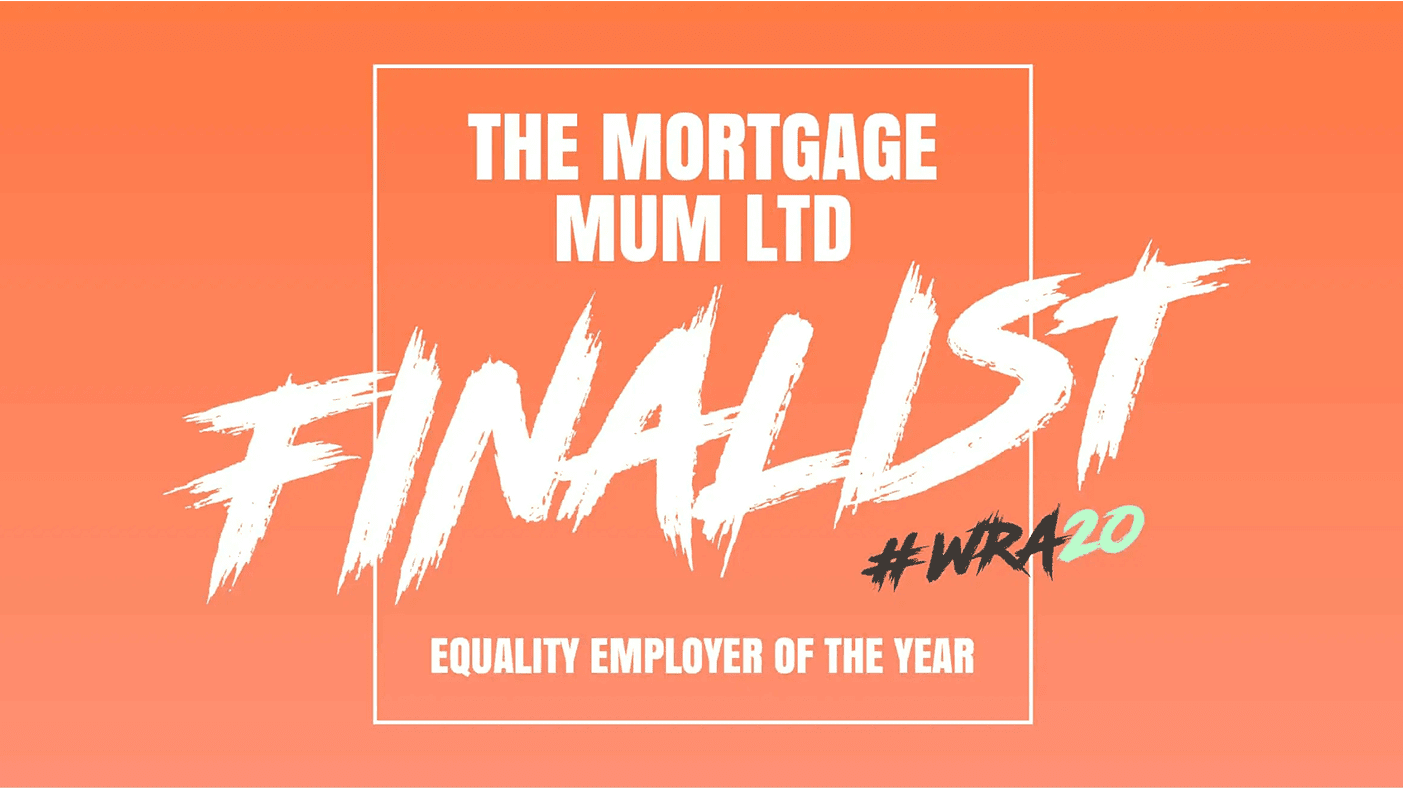A real life new build purchase journey & how to add character to your new build property
Welcome to this month’s episode of The Mortgage Mum Podcast with me, Charley O’Neill, Senior Mortgage and Protection Broker here at The Mortgage Mum.
I’m delighted to bring you this episode on new build mortgages. I have a wonderful guest, Kate, who is going to give us an insight into her own personal new build purchase journey, and also share some hints and tips on how to add character.
Kate is a mum of two, author and interior design fanatic who lives in the south west. She’s here to help us understand what the process of purchasing a new build looks like.
What made you purchase a new build property in the first place?
Kate:
The first house we bought was back in 2012. We were young and not married at the time. We should have had all the time in the world to maintain that property but it was a 150-year-old cottage, and had a lot of things that needed to be done regularly that meant we never actually got it how we wanted it to look inside.
The roof needed replacing, the chimney needed repointing, the boiler needed fixing… things like that, the boring stuff. We thought we’d be there for three years and actually we were there for eight. We got married, had two children. Then, when we were looking to move on, Covid hit and the house market slowed down. We were struggling to find something and struggling to sell our house.
We became quite jaded by living in quite an old property and shocked by how much everything cost. We knew we couldn’t do the same thing with very young children. So when my youngest was about seven months old and her older sister was three, we reserved our new build.
We just thought, we’re going to be really busy, distracted and money is going to be tight. We need something that we can live in, even if it’s not perfect. If it’s easy to clean and maintain hopefully we won’t have any unexpected bills – obviously you get your 10-year guarantee on new build property. That was really attractive for us.
I’ve always loved old homes – my parents own a really old home and I love the character, the high ceilings, all the things you don’t get in a new build. They can be quite blank and maybe soulless at times.
I was surprised we went down that route. But Help to Buy was a really big factor for us because I was on maternity leave, so we had to look at borrowing potential as well.
The Help to Buy Scheme
Charley:
Help to Buy was a government loan scheme that is no longer available, although lots of people still have new Help to Buy loans alongside their mortgages.
Essentially, it was an interest-free loan for five years. To repay that loan once the five years are up, most people look to remortgage. Hopefully the property value – or your income – has gone up so your affordability looks different from five years ago. That would then enable you to repay that loan and just have a simple mortgage on your property.
But the loan goes up with the value of your property as well. So 20% of your property value is essentially the extra you need to borrow, or 40% in London. When you go to remortgage, you will have a full valuation done that is acceptable by the Help to Buy scheme. They would agree on how much you need to repay.
It’s a bit of a process and admin fees and things involved, but it can be a great feeling to clear it off. It’s all yours now and if you sell, it’s all your profit as well.
Are there any other schemes for new build homes?
Charley:
For people wanting help with affordability, there are still options out there. For example, there’s the First Home scheme, which gives you a discount off the property value. Rather than giving you additional deposit, you buy the property at less than market value. You sell that property at that discounted price as well.
It helps you get on that ladder, or to buy potentially a bigger property. If you live in an area you love but property prices are out of reach for you, you can purchase at a discounted price and stay within your local area. There are criteria you have to meet to do that, but it’s a really great scheme.
There’s also the Deposit Unlock scheme. Not a huge amount of lenders on the market are doing it, but it’s essentially a 5% deposit mortgage. The builder pays for insurance to make sure that the lenders are not at risk if the property value were to go down. Because you’re putting a smaller deposit, there’s that higher risk from the lenders’ point of view.
So there are still options available even though Help to Buy is no longer there.
How simple was the new build buying process, Kate?
Kate:
The sale of our house fell through three times and we were successful on the fourth go. Every time we reserved a new build property it was really upsetting because I would decorate that house in my head every single time – then the plug would be pulled.
It was just heartbreaking because we were really squashed into that two-bedroom cottage. The last time the sale fell through, I was pregnant with my youngest. It was all planned out. We were going to move into our family home before the baby was born.
That’s not the way it happened. At one point, my husband and I were actually sleeping in the living room on two single mattresses. The babies had our bedrooms. Our youngest was such a terrible sleeper that when we were sharing a room with her, every time we went to bed we woke her up for two hours.
The final time we sold, it stuck. The buyer looked at the property a week before lockdown and we didn’t hear anything from them for months. And then they came back two months later wanting to buy.
His partner hadn’t even seen it, so I did a little video tour with my phone. I don’t think I could buy a house I hadn’t physically looked round. I was on the edge of my seat the whole time, thinking they would pull out.
Then we rented for six months whilst we waited for our house to be built and the sale to complete. We were living in a quiet village when we first went into lockdown with two children, which is a bit lonely. Then we moved into a residential housing development, where we had friends nearby, which was really nice.
Were you aware that you would need to rent for a while as part of the process?
Kate:
It felt necessary, to be honest. We couldn’t risk losing a buyer. We knew we’d sell, then break the chain. It seemed like the easier thing to do.
It was stressful selling an older property because when people were pulling out, there were concerns about things from surveys. It’s a big responsibility to own an old property. I’m glad we got there in the end.
The cob wall scared off quite a few people. They didn’t really understand that mud could be used in wall construction. People aren’t used to seeing that on a survey. A few things were flagged up just because they were unknown.
It’s such an old property, you just can’t know everything. There isn’t a plan somewhere that you can have a look at. People put windows in at one point but of course there are no certificates.
With a new build you know what you’re getting. Would you say the legal side of that process was a bit more simple?
Kate:
Definitely. If ever there was a question, the developer could just answer it. It was no big deal. Whereas for us, it was trawling through deeds that go back however long to try to figure out when the boiler was installed, or when the roof was last done.
How developers can make things easier for new build buyers
Charley:
There are a few new things that developers are doing at the moment, almost like ‘Help to Sell’ schemes. If you are looking to sell a second-hand property and move into a new build, for example, they can potentially do a part-exchange, which just seems crazy. It’s like a car – they would value your property and take it as part of the sale price.
They can also help cover the cost of the sale of your property. Or they can be a guaranteed buyer, which is something that I find really interesting. You can obviously sell your own property, but if it doesn’t sell after a certain period, or by the time you need to exchange and move into the new build, they will buy it.
I’m assuming there’s criteria for that, and I don’t know if they would take a 150-year-old property, but I found that a really interesting concept. That backup guarantee might help people that were in Kate’s position, with house sales falling through.
If you’re moving to a second-hand property, you’re still going to have that stress. So potentially buying a new build could take that all away.
How buying a new build works
Charley:
The ideal situation will be that you go to a development, find a property you like, and you’re ready to go ahead with that purchase.
You would reserve that property and pay a reservation fee, which varies across the country and different developments. It can be really exciting because sometimes you’re purchasing completely off plan – there’s no property there.
You can go around the show home and they’ll show you the plans and where your house is going to be. I purchased a new build property in 2013, and I watched it be built from nothing upwards.
It was really cool – you can just drive past and see how many bricks have been added today…the windows have gone in… it suddenly looks watertight. How exciting.
But when you reserve your property, some might be ready to move in ASAP. I’ve known people that have reserved a property and completed the next month, which is amazing.
Or, there might be a longer time between when you reserve and when you actually move in. The idea is that you exchange on the property within 4-6 weeks. From that point onwards, you’ve paid your deposit, you’ve got your mortgage, and you’re committed to purchasing that property. There’ll normally be a time limit to get to that point with the developer to keep your reserved property. They want you to get past that point.
They don’t see the reservation as a sale. That time pressure can be quite a scary thing for someone who is obviously putting their deposit down to reserve the property. But some lenders have special new build teams and rates to get your mortgage out as quickly, so you can exchange within those deadlines.
Developers are limited on incentives
Charley:
There’s also an extra layer of lender criteria to worry about. If you went onto a site and they offered to pay your stamp duty, give you free upgrades for your kitchen, free flooring and all these amazing things, lenders have limits on what’s acceptable. We have to know exactly what the builder is offering, and what’s on that reservation form.
There’s a pressure for mortgage brokers to make sure that you’re with the right lender for that. And valuations are important too. With a new build property, sometimes the lender might not agree with how expensive a property is, potentially.
It’s like that new car effect where you drive off the forecourt and immediately it’s worth less. It’s something to debate really, because if a new build property is energy efficient, you’ve still got that element. If someone wants to buy a new build, do they want it to be brand new? Who knows?
That can affect the valuation cost. Lenders might say that on the open market it’d be worth slightly less. It can cause issues because then we can’t proceed without changing lenders. That delay can be quite stressful.
Did you use a broker when you purchased the property? Do you remember much of that process?
Kate:
Yes, and they were really helpful in explaining everything to us. We had a mortgage on our old property and we ported that mortgage. We had to apply for a top-up, if you like, to cover the build. We were up against time constraints with that ported mortgage.
It had a six-month life on it, otherwise, we would incur a big fine. We reserved our new build home in February 2020, and then obviously by March, the world had gone completely mad.
It was a terrible time. We were supposed to be in by the summer, I think it was July. Our moving date ended up being January 2021. It was almost a year.
We went to the site every Sunday to have a look, take pictures. I miss that actually. It was fun, seeing those differences. The wait was painful, but at least you can see it’s getting that much closer to being yours. I bought through Redrow and they used to send me little notifications about fixes and doing the bathrooms or it’s being painted.
We were waiting for this completion date to come, and I started to get quite nervous that we might miss that date to port our mortgage. We moved in that day, we had to. We would have incurred a £2,500 fine the next day. We had to really work with Redrow to push it through.
It was the fourth of January that we got the keys. We had that Christmas period in the middle, which was, again, the worst possible timing. They didn’t complete any more properties after something like the 17th December. The whole site was very quiet. NHBC didn’t come and do their checks.
But I didn’t have £2,500 to pay a fine. It was very, very nerve wracking. The stress of it all was a bit much. It’s put me off moving for quite some time.
We got the keys on the 4th January, and moved in on the 12th. We gave ourselves time to put flooring down ourselves and do a little bit of organising before we brought the kids and the chaos and moved in properly.
That’s where renting can help – being able to put the flooring down before you move things in is just so much easier
Kate:
It really was, and it personalised the house quite a bit. Obviously you get all the choices from the developer and they look great. We did our choices on Teams calls. I managed to go in and have a look at a couple of samples, but it wasn’t really the full experience.
With the flooring, I really had my heart set on a herringbone pattern. But the developer wouldn’t lay it that way. So we decided we’d do this ourselves and saved a lot of money. It was a faff because we had to get that done before we could get any furniture in, But I would do it again because it really made the house feel like our own.
It can be daunting to make changes and move away from the ‘blank box’ look – but you did. What were the first changes you made?
Kate:
I wanted to do the living room. I felt it really lacked personality and character, but I didn’t. I parked it for a while and tackled it a year or so later because it needed a lot of thought.
So I tackled the rooms we were living in most. In the kitchen, we added a really long shelf over the sink, to display things that gave the home a bit of warmth, without cluttering up all the surfaces. I still love to change that shelf around, and it changes the room every single time.
Then we did our bedrooms. It was my first ever panelling attempt. We panelled behind the bed, and that gave character and depth to the room. New build homes just need extra love, otherwise, they can feel soulless.
I felt the bedroom was a safe place to start. I had a very clear vision. Then we went back to the kitchen and added a splashback because the walls were getting filthy with all the food, and because I’d seen something I wanted to replicate.
I got some really nice tiles and laid them in a stacked pattern. We were really happy with that. Then we added lights over the island and a light in the living room and our friend who’s an electrician added lights either side of the mirror in the en suite, which made a really big difference.
It’s picking the things that you feel you’re confident with. I didn’t want to make any mistakes because it’s costly. Then I tackled the lounge because I had more confidence from the quick wins.
How did you transform the living room?
Kate:
After living in the house for about a year or so, I was aware of what was wrong with that room. It’s a nice size with decent proportions, it’s light, and has a big bay window. It should be a really nice inviting place to be.
But when I looked around the showroom, I wasn’t blown away by it. I couldn’t figure out why. Then I realised that the house is a 1930s era replica. Normally, in a home like this, you would have a chimney breast, so I added one.
It’s a bit fake – It’s made of MDF. I got a carpenter in to do it. He did all of the fixing and then made cupboards as well for storing board games and puzzles and kids’ toys. It’s amazing storage.
That’s something else a new build usually lacks – storage. We’ve also done shelves either side of the chimney breast, in the alcoves that we created. That room now feels how it should do to me. It’s balanced, it’s got a focal point.
Creating character
Charley:
Looking at your Instagram, that really drew me in. There’s so much character in that property, how can it possibly be a new build? My mum previously said that she could imagine downsizing one day, but it would have to be a house with character. She would never look at a new build.
I showed her your profile. She was amazed. I don’t know if it’s the depth of the inbuilt furniture or like the log burner, the chimney… it makes it feel so much more like a home
What’s been your favourite project that you’ve done? What’s your favourite thing in your home?
Kate:
I do think it is the living room transformation. It’s amazing how different it feels now. When I first put on Instagram that I was going to put a chimney breast there, someone said it was a waste of space, with no function. It made me think for a second.
It’s true – in a new build, space is always at a premium. It needs to work. We would never have been able to put built-in cupboards in without the chimney breast, it would look really odd.
Changing the lounge changed the way we use that room. But I will say that the developer we chose does make lovely homes with high ceilings, and that is really key. If your mum is thinking of downsizing, ceiling height is really important.
I’ve tried the tricks to make things look bigger and brighter but you can’t change your ceiling height. So that’s a big tip. If you’re looking to buy a new build property and you like the character in a home, some are built in the style of old properties, with high ceilings, possibly bay windows, all of these architectural features that you can’t change.
When you get in there, you can really enhance them and draw attention to them. Paint and design choices make the space feel like it’s old, lived in and full of character.
Charley:
If you’re looking at a new build, just because you’ve seen one, you haven’t seen all of them. High ceilings, bay windows are hard or impossible to add to a property yourself.
So if you’re looking to purchase a new build, look at different developers and different sites, because it’s not just a one size fits all. A three-bed new build on one site won’t be the same as a three-bed new build in the next town or development.
Buying a new build can be stressful, but purchasing on the open market is stressful as well. But you’ll get a blank canvas, energy-efficient property where you can potentially get green mortgages and savings on your energy bills. There’s so many positives from having a newer property.
What are the benefits of buying a new build from a design perspective?
Kate:
With a new build, you haven’t got to undo anyone else’s design decision. You don’t need to worry that there’s something hiding behind a shelf – there isn’t a shelf. In one way it’s strange, because we had plant pots and picture frames and nowhere to put them.
But there’s also no dodgy wallpaper to strip, no horrendous bathroom suite to rip out. It’s like you start a renovation at a much nicer point. There’s no dust, there’s no crazy knocking walls down and making holes in things. It’s just the fun stuff.
I’m not sure with a renovation that I would feel confident to look at plans and figure out how to extend a house. One day that would be really good fun and I’m sure I’d figure it out. But with a new build home, it’s like a shortcut to the good stuff where you’re shopping for paint and cushions.
Tell us about your guide on adapting properties and decorating?
Kate:
You can find me on Instagram at New Build Forever Home. There’s a link to my guide, which is just an ebook on how to add character and soul to a new build property. It goes through the things that I’ve done and ways to add character into a blank box. It’s only a short e-book, but I think it’s full of practical tips to help you to make your home your own.
Charley:
I enjoyed it. It would have been really useful for me 10 years ago when I was purchasing a property and living in a blank box. It’s lovely to prove that you can have the best of both worlds. You can have that new build property, energy efficient green and everything, with the character as well.
What you’ve done just shows that you can have that and it’s really beautiful. Thank you so much for joining us today. It’s been really lovely to chat with you.
If anyone wants to get in touch with Kate, you can find her on Instagram. If you did want to talk more about new build mortgages, you can contact us here at The Mortgage Mum at any time.
Your home may be repossessed if you do not keep up with your mortgage repayments.

























